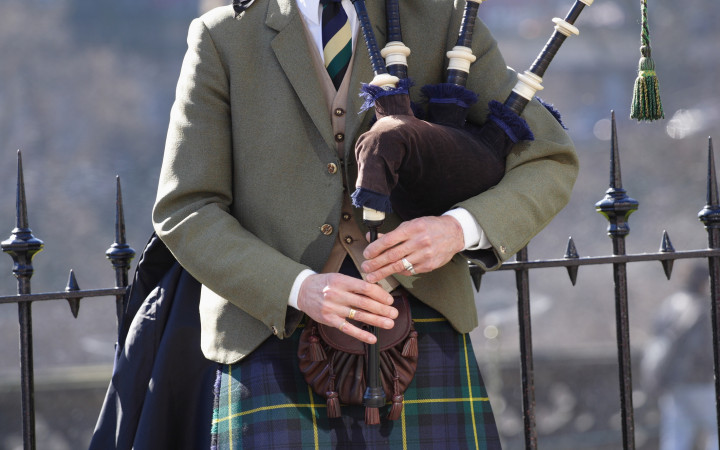Today’s Wonder of the Day was inspired by Alexis. Alexis Wonders, “When did highland dancing start?” Thanks for WONDERing with us, Alexis!
Are you competitive? Many people love fun, healthy competition. That’s why humans have held sporting events for thousands of years. You may have heard of the Olympic Games, where athletes compete in many different sports. But today’s Wonder is an event that offers everyday people the same chance—the Highland Games!
The Highland Games include a variety of events. There are track and field games and dancing competitions. And of course, the Highland Games is a Scottish tradition. It’s never complete without music from bagpipes!
Where did the Highland Games start? They began in Ireland around 2000 B.C.E. As people migrated, the games went with them to Scotland. In 1040 C.E., Malcolm III, King of Scots, held the Highland Games in Braemar, Scotland. He used the competitions to choose soldiers.
Today, the largest Highland Games event is still held in Braemar. However, other events take place all over Scotland. The tradition has also followed Scottish immigrants to other places. You’ll find Highland Games events in the U.S., Canada, Australia, and New Zealand.
What exactly are the competitions at the Highland Games? There’s the caber toss, where competitors lift and throw a heavy log. The winner is chosen by how straight their throw is. There’s also a hammer throw. People spin in circles and then throw the heavy hammer as far as they can.
Highland Games events also often include shot put. That’s a competition in which people attempt to throw a large stone as far as possible. Weight for height is another favorite. That’s where competitors toss a heavy object over a raised bar.
Of course, no Highlands Games event would be complete without tug-of-war. Teams of eight line up on either side of a long rope. Then they pull, hoping to heave the other team across the centerline.
Highland Games often include both individual and team dance events. Dressed in kilts, dancers do traditional dances. They move to the music of bagpipes, performing the sword dance or Highland fling.
The Highland Games aren’t just for competitors, though. The events are just as much a social event. People gather to watch the games, listen to bagpipes, and spend time with friends and neighbors. It’s not uncommon for large Highland Games gatherings to draw thousands of people.
Would you like to attend the Highland Games? Would you compete in tug-of-war? Do you have the dance competition in the bag(pipe)? Maybe you’d rather relax with your family and listen to music. Either way, this ancient Scottish tradition has something to offer anyone.
Standards: CCRA.R.4, CCRA.L.3, CCRA.L.6, CCRA.R.1, CCRA.R.2, CCCRA.R.10, CRA.W.2, CCRA.W.9, CCRA.L.1, CCRA.L.2, CCRA.SL.1, CCRA.SL.2




